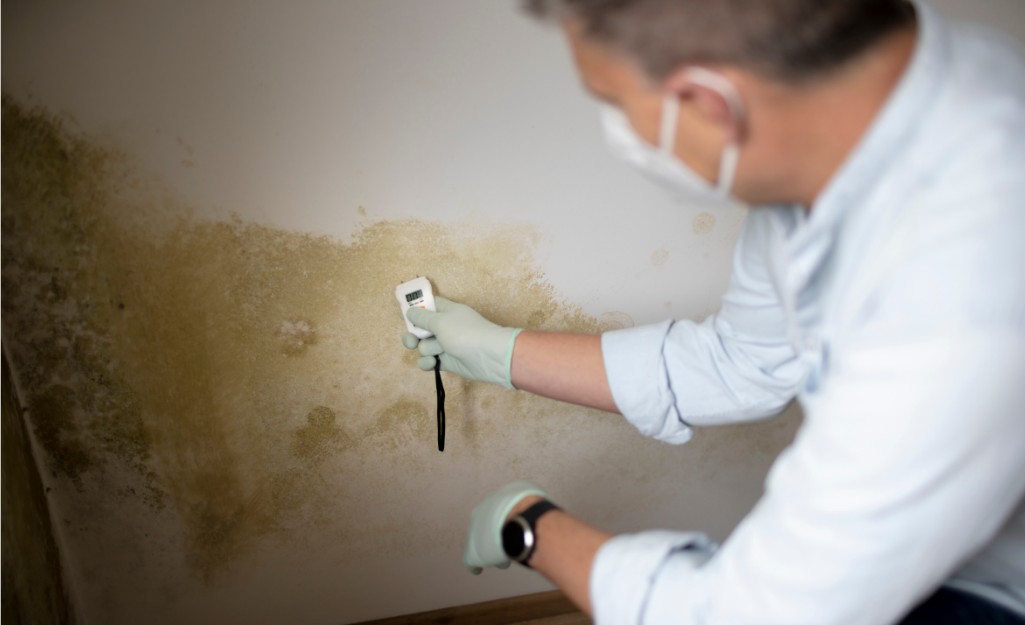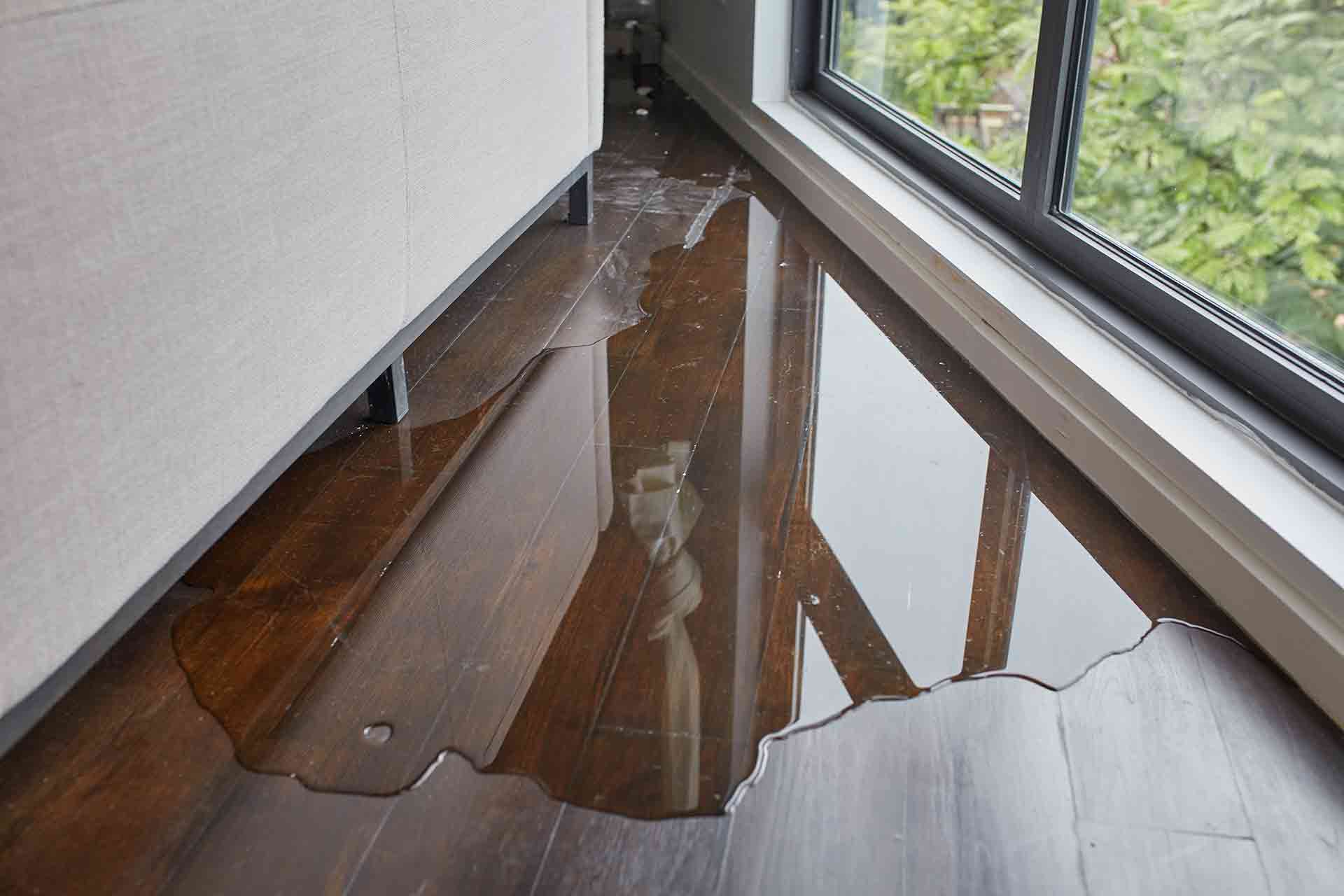Bathroom Water Damage - Ways To Avoid This Happening
Bathroom Water Damage - Ways To Avoid This Happening
Blog Article
We've unearthed this post on How to Fix a Water Damage Bathroom below on the net and concluded it made sense to discuss it with you on this site.

The shower room is extremely prone for wet build-up and also potential water damages due to the regular use water in it. This short article provides straightforward evaluation strategies to help discovering water damages risks.
The constant use water in the restroom makes it exceptionally vulnerable for damp buildup and also potential water damage. By evaluating it regularly, you can reduce water associated problems.
The adhering to set of assessments is simple to execute and also should be done when in every three months in order to maintain your washroom in good shape and to avoid possible water problems caused by the tub, the shower, pipeline joints and also plumbing, sinks, closets, and the bathroom
Do not neglect carrying out these assessments and also be complete while executing them. Keep in mind that these simple evaluations can save you a great deal of cash by giving very early signs for water damage
Sinks and also Cabinets
Sinks and also closets are exposed to moisture and humidity daily as well as are typically ignored. Check consistently under the sink and also on the kitchen counter over it. Repair any type of drip in the trap as it may suggest drain problems. Look around the sink, slow draining pipes might show an obstructed drainpipe. Change sink seals if they are broken or loose.
Tub and Shower
The shower and bathtub require special attention and also upkeep. Examine the floor tiles as well as change if broken. See to it that there is no missing out on cement in between the ceramic tiles. Examine and replace cracked caulking at joints where the wall surfaces fulfill the flooring or the tub. Clogged drains and also pipes problems will protect against the bath tub from drying out as well as may show significant issues underneath the bathtub. Consult with a specialist promptly to stop architectural damage. Take note of discolorations or soft locations around the tub walls as they might show an interior leak.
Plumbing
Signs for water damages are difficult to discover since a lot of pipes are mounted inside the wall surfaces.
Pay special focus to floor covering and walls dampness as well as stains as they might indicate an invisible plumbing issue. Check dampness levels in adjoining spaces as well.
The Commode
The bathroom is a vulnerable water joint. Inspect the water lines and also look for leaks around the commode seat, in the tube, as well as under the water tank. If you find any indicators of moisture on the flooring around the bathroom, look for leaks in the toilet edge as well as tank seals.
Know that hanging toilet bowl antiperspirants increases the opportunities for clogs.
TIPS TO PREVENT WATER DAMAGE IN THE BATHROOM
The average household uses approximately 80-100 gallons of water per person per day. For a family of 4, that's almost 2,500 gallons of water a week! The largest portion of this consumption comes from bathroom use. Flushing the toilet uses the most water, followed by taking a shower or bath. With that much water running through the home, water damage in the bathroom is bound to happen. Knowing how to spot signs of a water leak is essential to preventing long-term damage. This guide provides you with tips to reduce the impact of water damage on your bathroom.
CAUSES OF BATHROOM WATER DAMAGE
Pipe breaks are the most common cause of water damage we see in our daily jobs. The age of a pipe plays a large role in a pipe break as well as corrosion. Over time, the metal begins to break down, allowing water to escape. Frozen pipe breaks are also a concern in the winter months. Toilet overflows caused by paper products or children flushing inappropriate items. Degraded caulking around the toilet or bathtub can allow water seepage, sometimes behind the fixture, into the subfloor or walls. Condensation forms when the water in a pipe is cooler than the air temperature. Beads of water form on the exterior of the pipes, sometimes so much so that the water begins to drip and pool below. Sink or shower backups created by poor drainage. HOW TO PREVENT WATER DAMAGE IN YOUR BATHROOM
Inspect your toilet supply line for worn or frayed hoses and replace them as needed. Winterize your plumbing to prevent a frozen pipe break. Use vent fans to prevent condensation that can lead to mold growth. Routinely check and replace degraded caulking around your toilet or bathtub. Increase the temperature in your toilet tank and insulate your pipes during the warm summer months to keep condensation from forming. Use child safety locks on the toilets. Flush only toilet paper. "Flushable" wet wipes are actually not good for your plumbing system. Additionally, feminine hygiene products should not be flushed. Prevent water from escaping the tub or shower. Make sure shower curtains are in good condition. Inspect shower doors and replace the seal strip if necessary. Wipe up any water that accumulates on the floor and use bath mats. Water left to sit can cause damage to the tiles and flooring. Refrain from using bath products containing heavy oils to avoid a clogged drain.

Hopefully you liked our article on Looking for Signs of Water Damage in the Bathroom. Thanks for taking the time to read our piece of content. So long as you enjoyed our post kindly remember to share it. Thanks for going through it.
Book Appointment Now Report this page